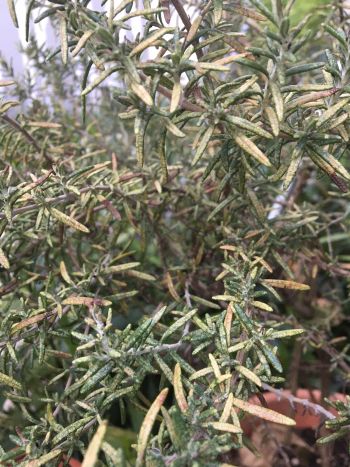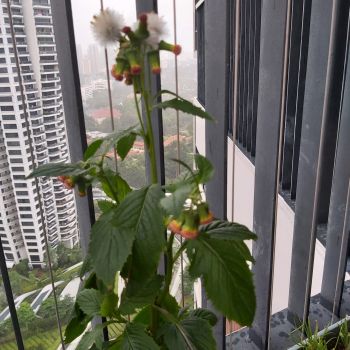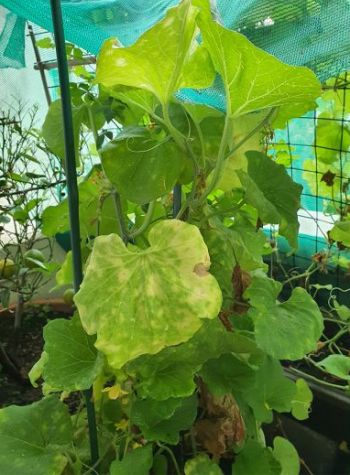Gardening FAQ #29 – What You Need To Know
In this article, we share how to handle sucking pests, is redflower ragleaf edible, treating mildew disease and much more. Let’s go through the common gardening FAQ, problems and solutions you need when growing your plants either indoor and outdoor.
How to remove sucking pests on your leaves – a common question in gardening FAQ

My rosemary plant’s leaves have turned yellow and spotty. How can I treat it?
The brown mottled marks could be a result of sucking pest damage.
These pests damage plants by inserting their mouthparts into plant tissue and removing juices. Heavily infested plants become yellow, wilted, deformed or stunted, and may eventually die. Some sucking insects inject toxic materials into the plant while feeding, and some transmit disease organisms.
Check for spider mites or lace bugs on your plant.
Spider mites are not insects, but are closely related to ticks. They suck out juices from leaves and stems, causing plants to become deformed or have a bronze or yellow appearance. Hot and dry weather favors their development. Heavy infestations can cause leaf and flower bud drop and death of the plant.
Deal with spider mites using summer oil or neem oil, which are sold at local nurseries.
Lace bugs are tiny insects that grow no more than one-eighth inch long. Small, clear cells cover their wings and thorax, giving them their lacy appearance. They feed by sucking the sap from the foliage of trees and shrubs, leaving them looking mottled, stippled and discolored.
For lace bugs, manage them with a pyrethrin pesticide, which is derived from insecticidal chrysanthemum flowers. Repeated applications are often required to manage the infestation effectively.
Wash your harvest thoroughly to remove pesticide residues before consuming it.
Below is a short video on how to identify and get rid of spider mites:
Redflower Ragleaf’s young leaves can be eaten
 I understand this plant is Blumea lacera. Our helper from Myanmar said it is a common vegetable in the country, but I cannot find literature on it as a vegetable.
I understand this plant is Blumea lacera. Our helper from Myanmar said it is a common vegetable in the country, but I cannot find literature on it as a vegetable.
The plant is botanically known as Crassocephalum crepidioides and its common name is the Redflower Ragleaf. It occurs mostly as a weed in local landscapes and can grow quite large.
The young tender leaves are eaten as a vegetable and the plant is reported to have uses in folk medicine.
The leaves are used for indigestion, headaches, fresh wounds, nose bleeding, and sleeping sickness. The roots are used in the treatment of swollen lips.
Aside from the medicinal uses, the leaves are also edible either raw or cooked. It is used as a vegetable. The roots are eaten with chilli sauce in Thailand. It makes an excellent spinach substitute.
Cantaloupe plant has mildew disease
 I recently found yellow spots on the leaves of my cantaloupe plant (in first photo) and they are killing the leaves and plant. I have used neem oil twice, but it does not seem to work. What else can I do?
I recently found yellow spots on the leaves of my cantaloupe plant (in first photo) and they are killing the leaves and plant. I have used neem oil twice, but it does not seem to work. What else can I do?
Your cantaloupe plant has mildew disease, which is common in this group of plants.
It is recommended you grow the plant under a clear shelter to protect it from the rain yet allow direct sunlight through. If you want to grow this better under controlled lighting, you can consider using a grow light. Read up my post on growing lights fixture where I highlight the top 4 things you need to know.
Another point that you can consider is to ensure ample air circulation by spacing plants apart.
You should also spray fungicides to reduce the incidence of disease. A diluted milk solution provides some control in such foliar fungal diseases.